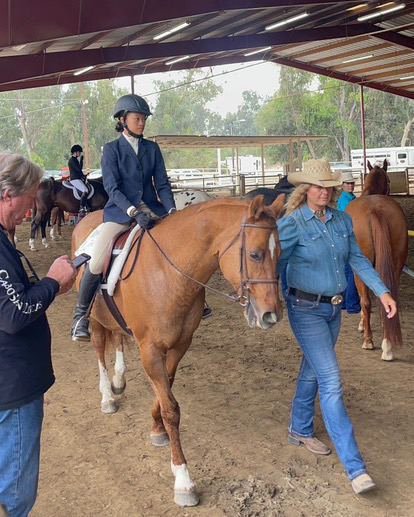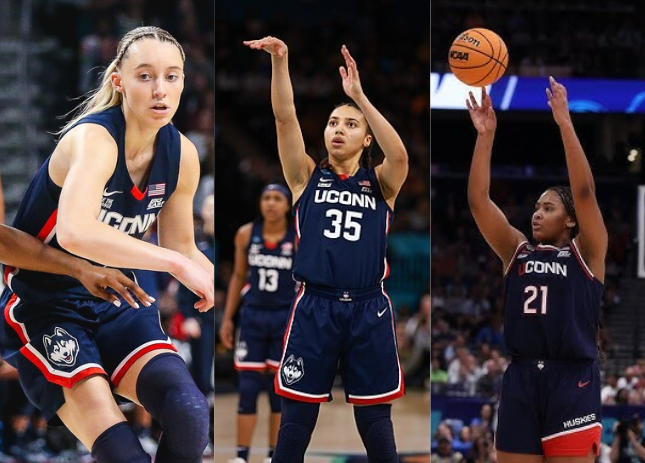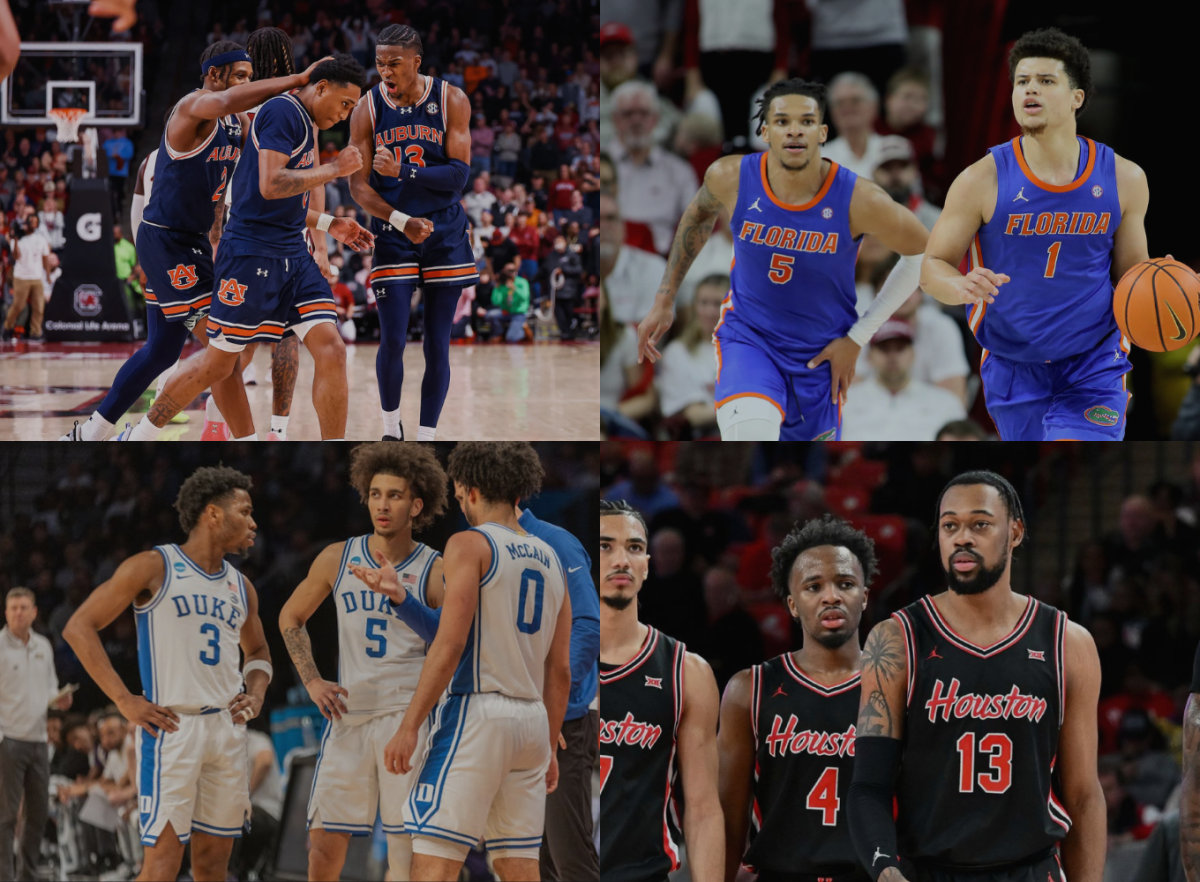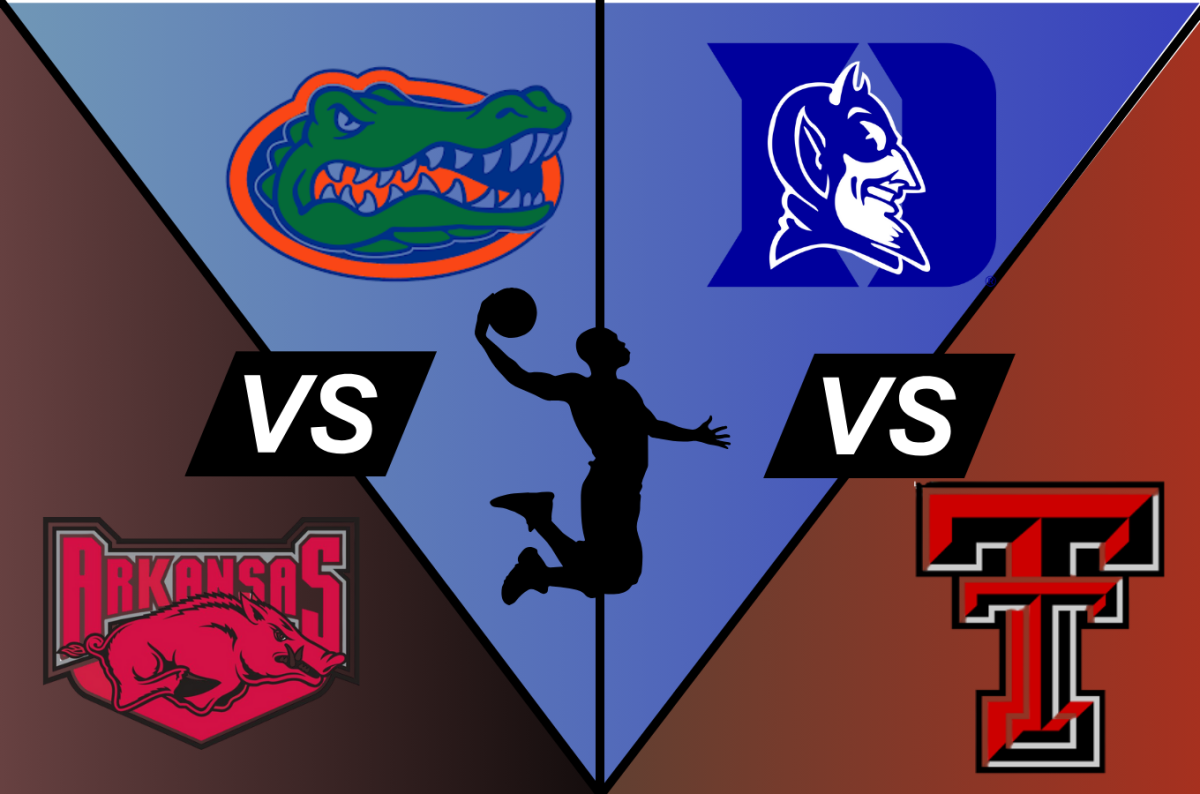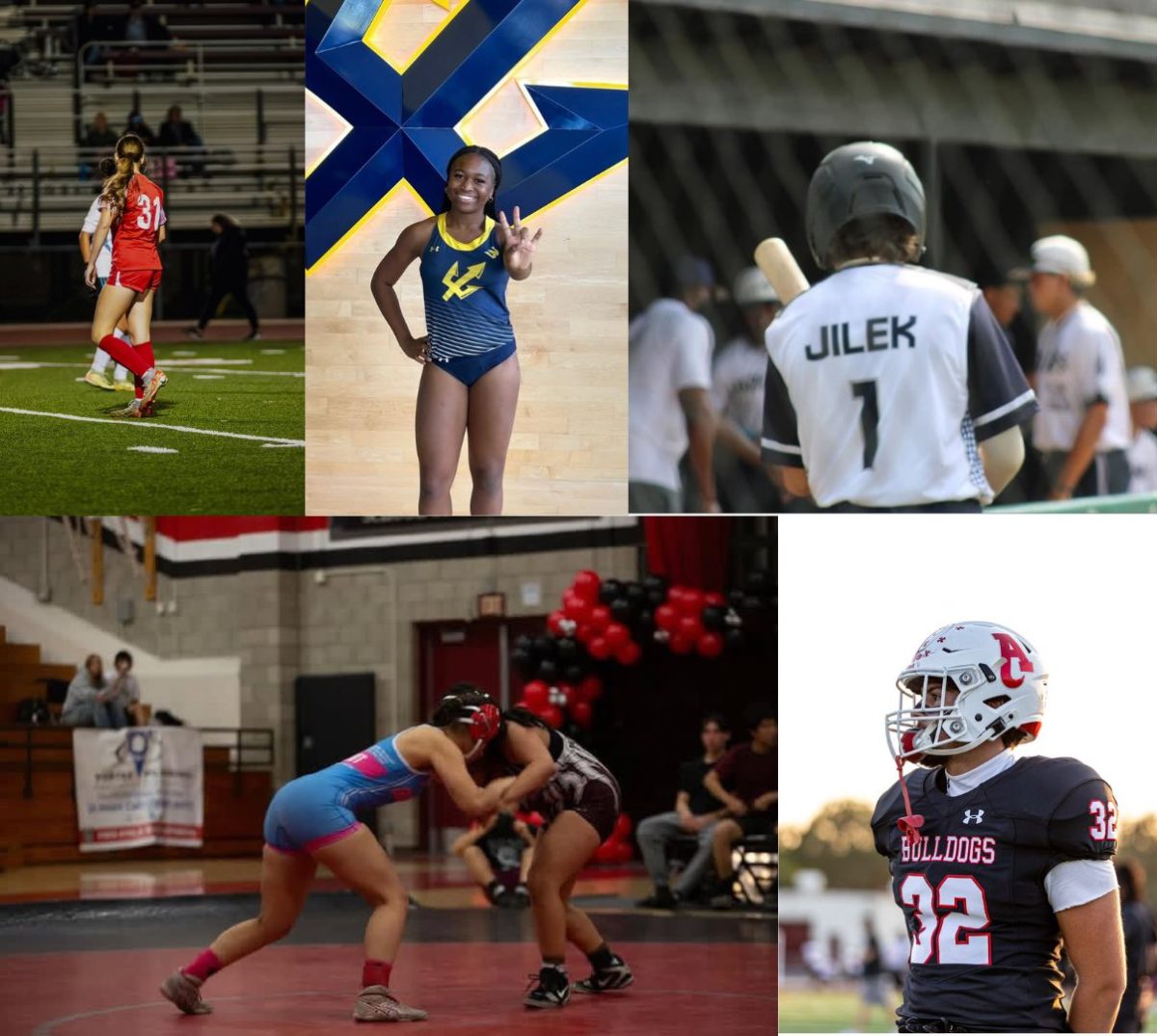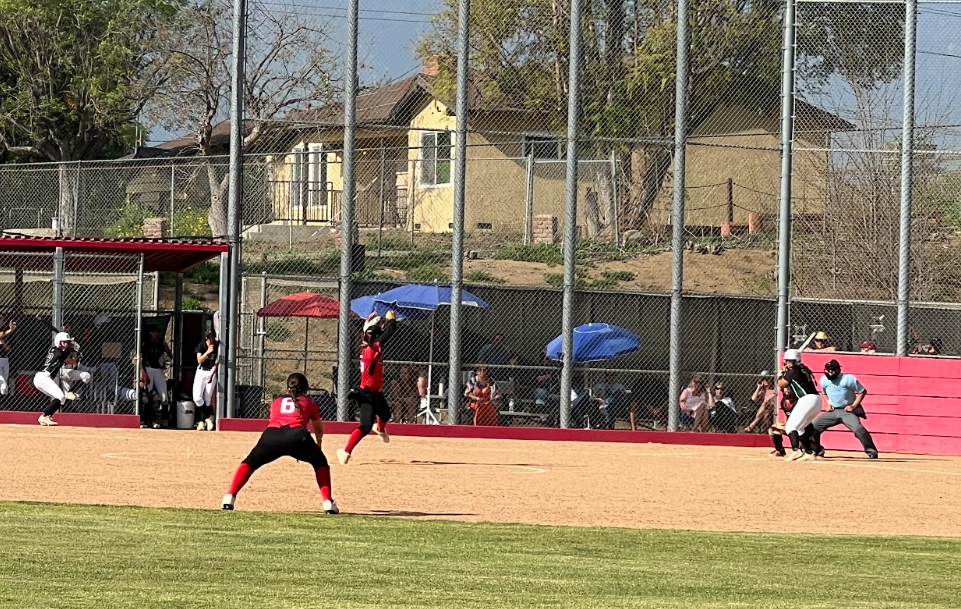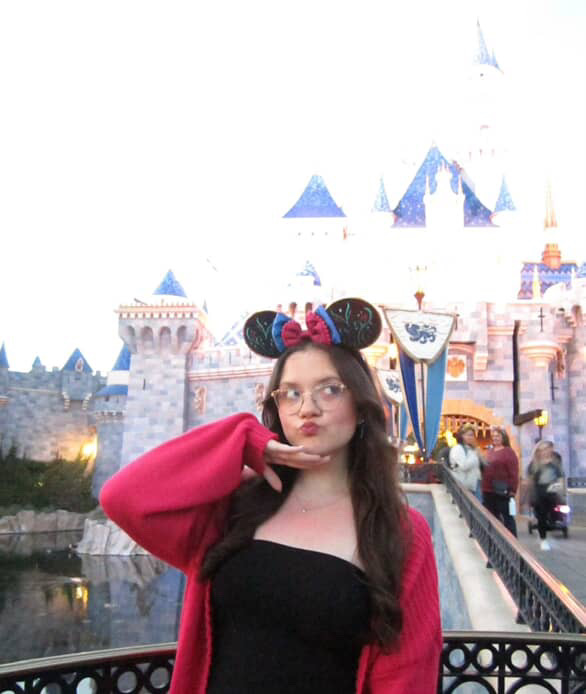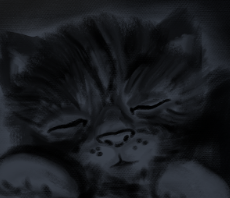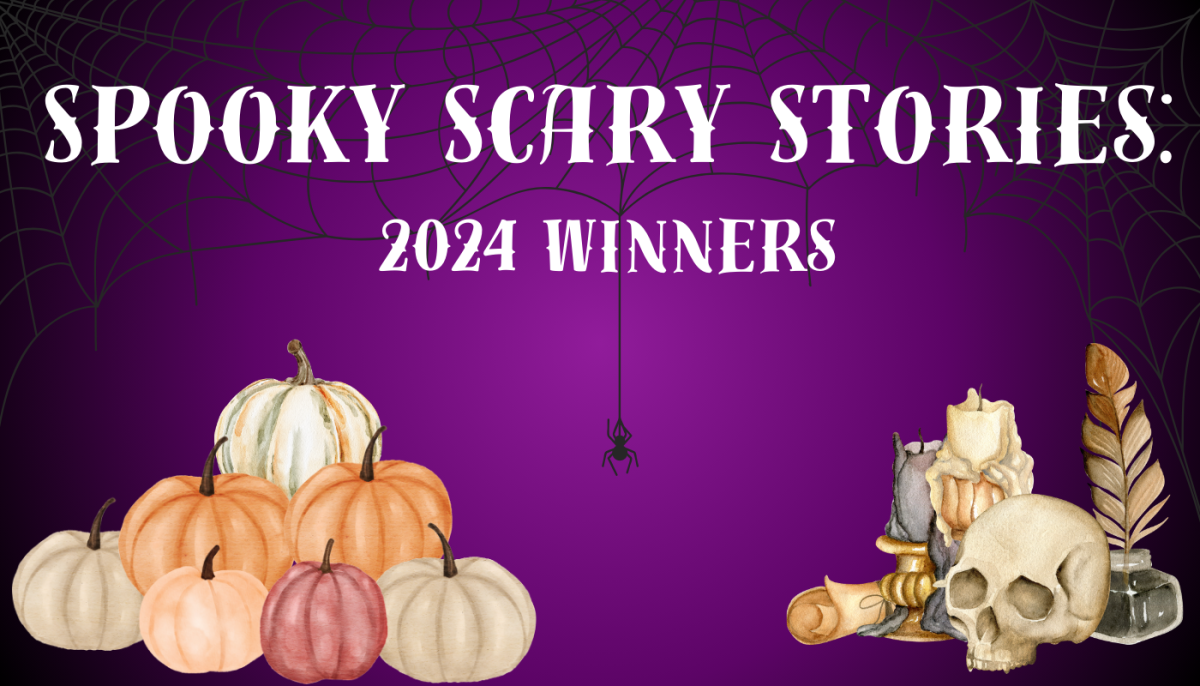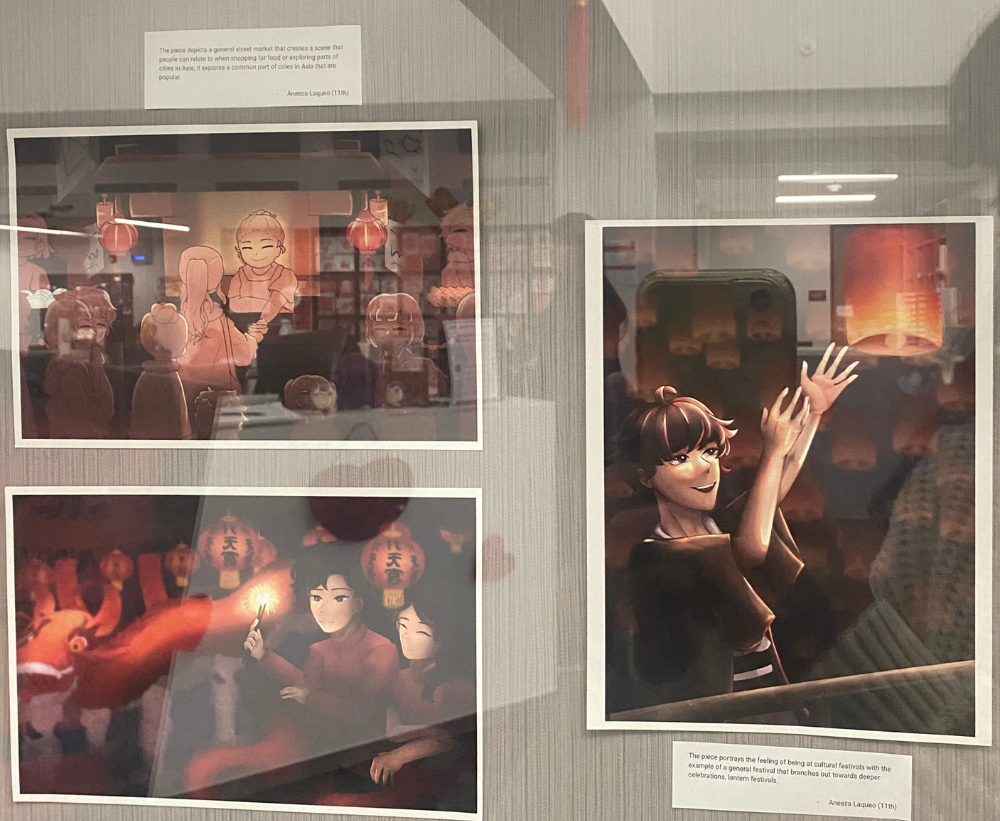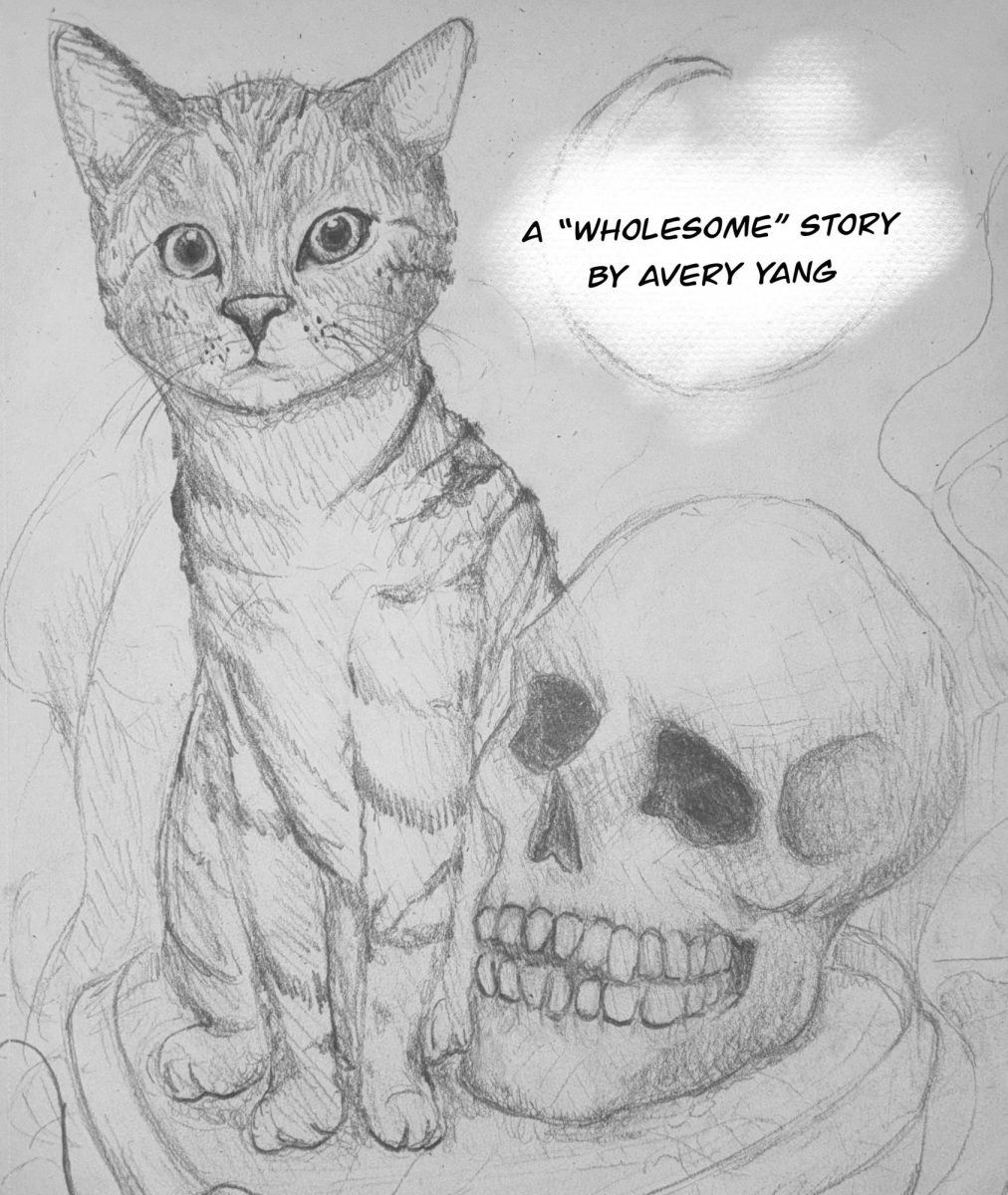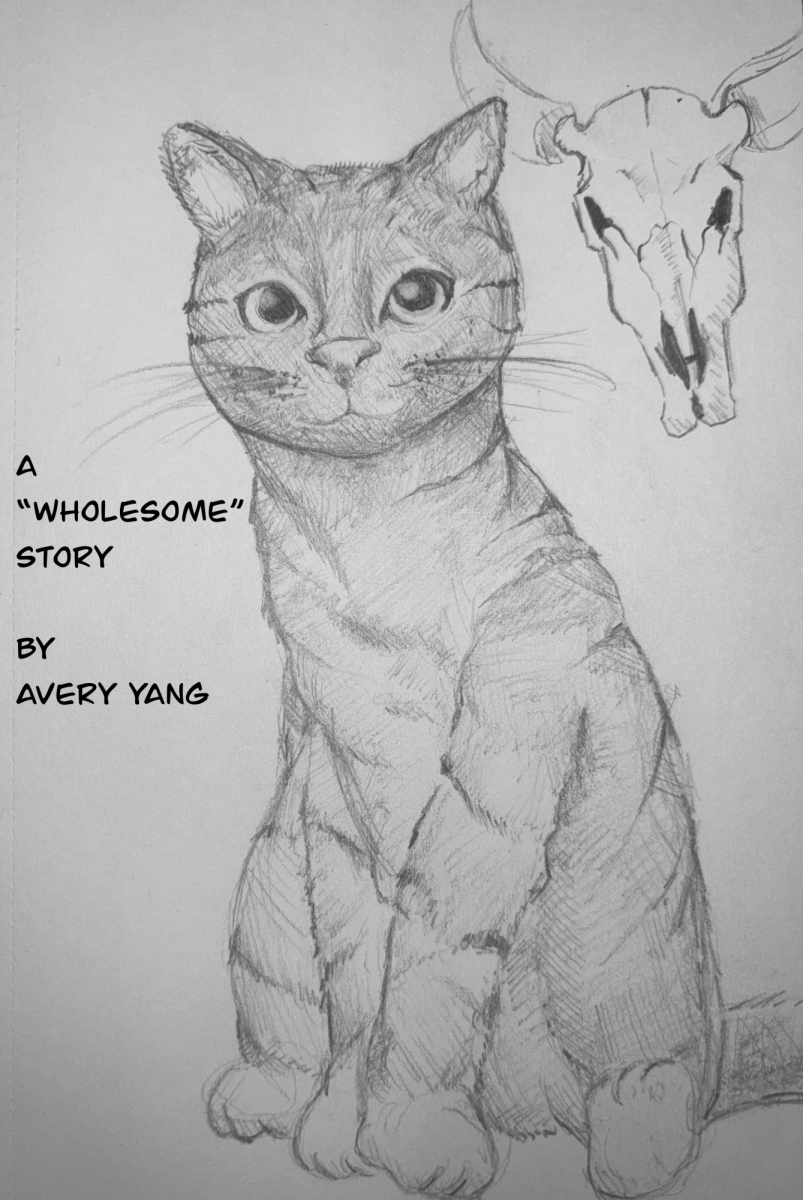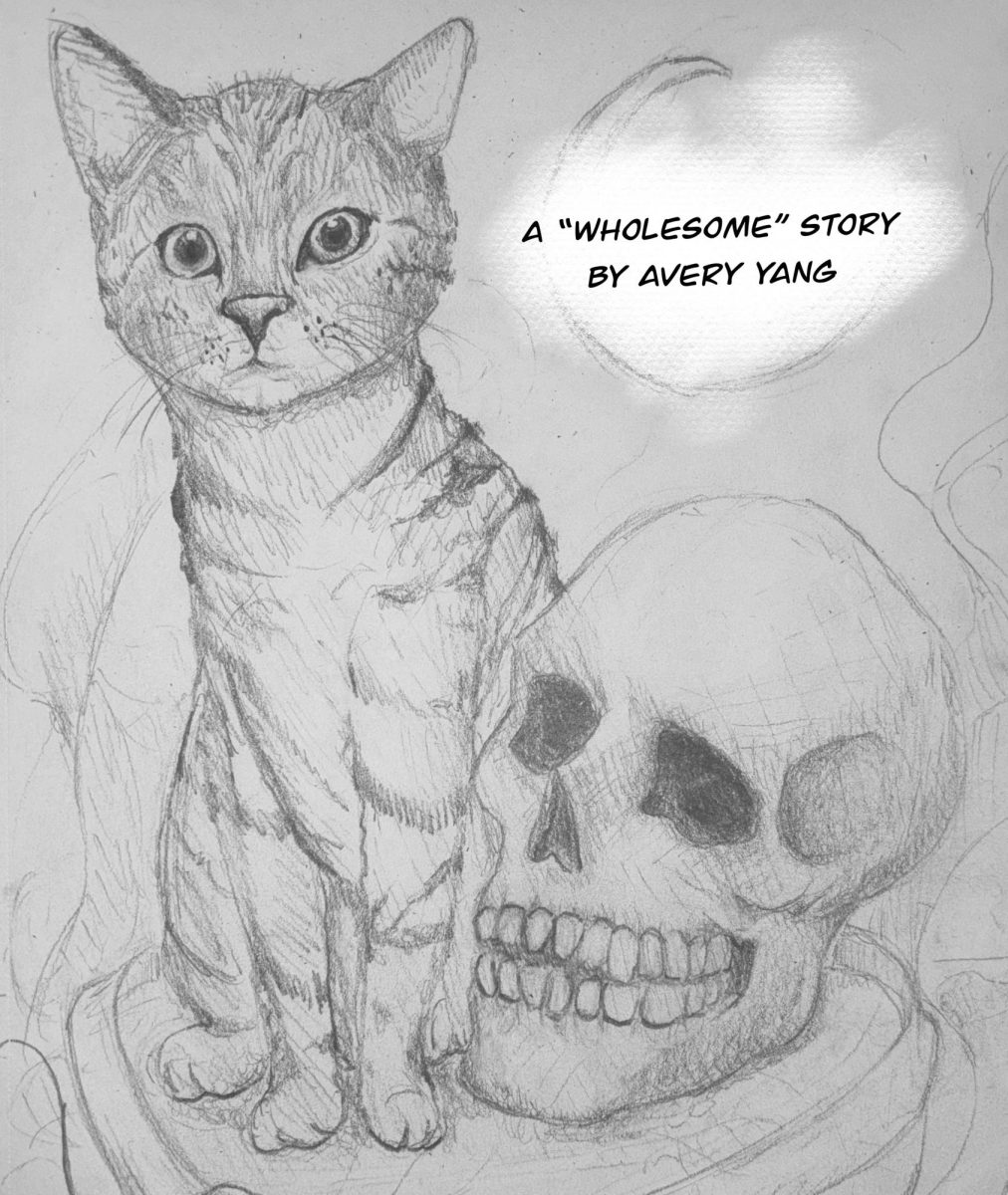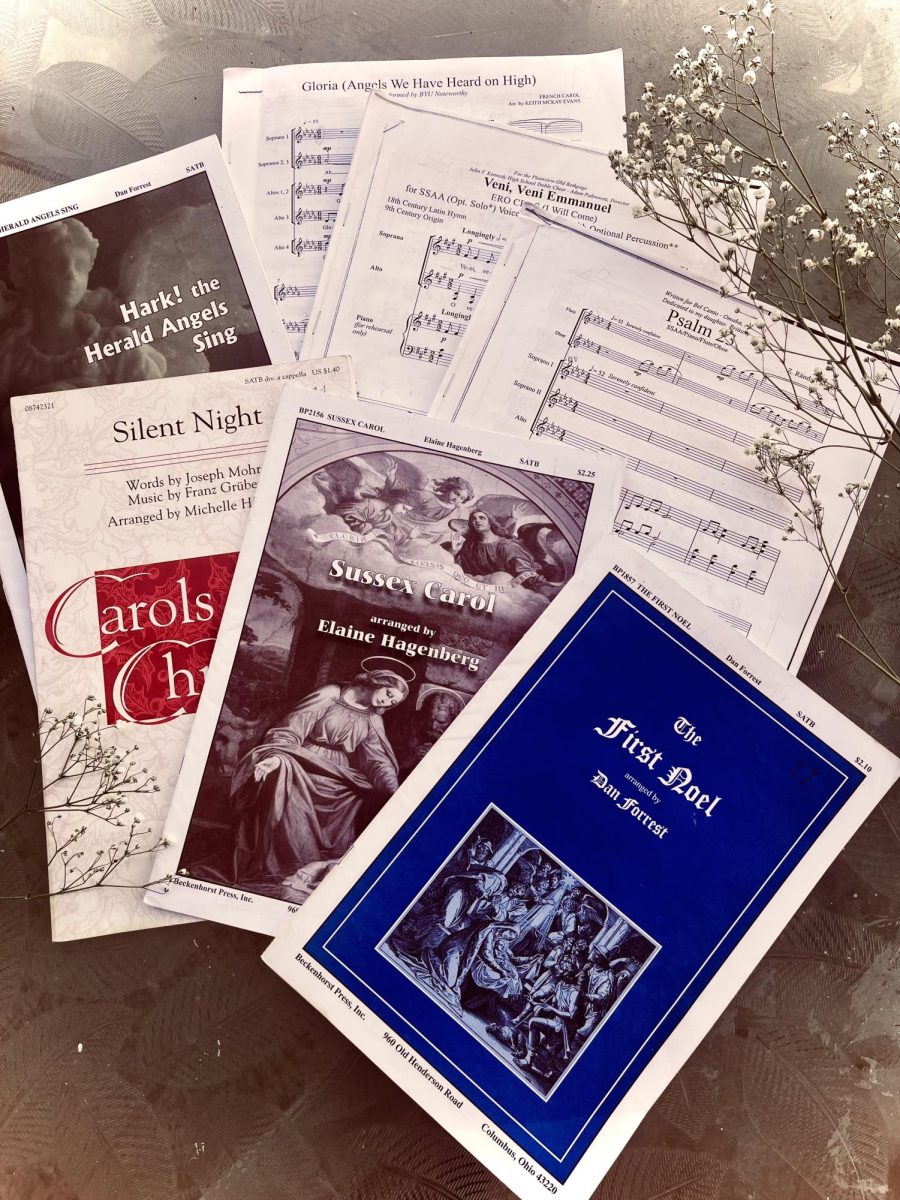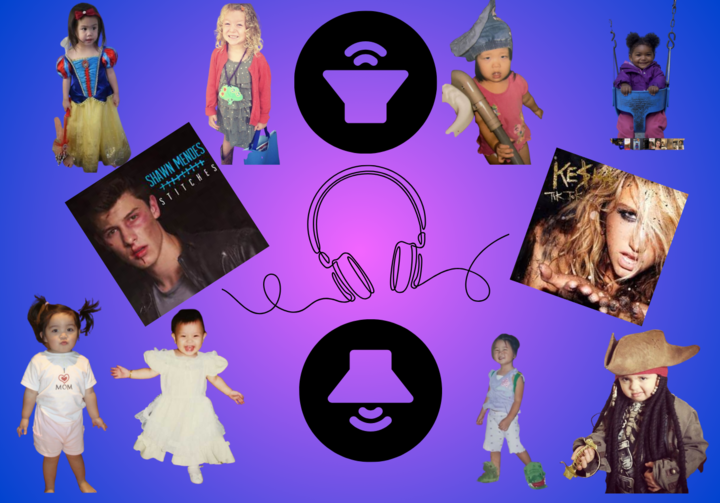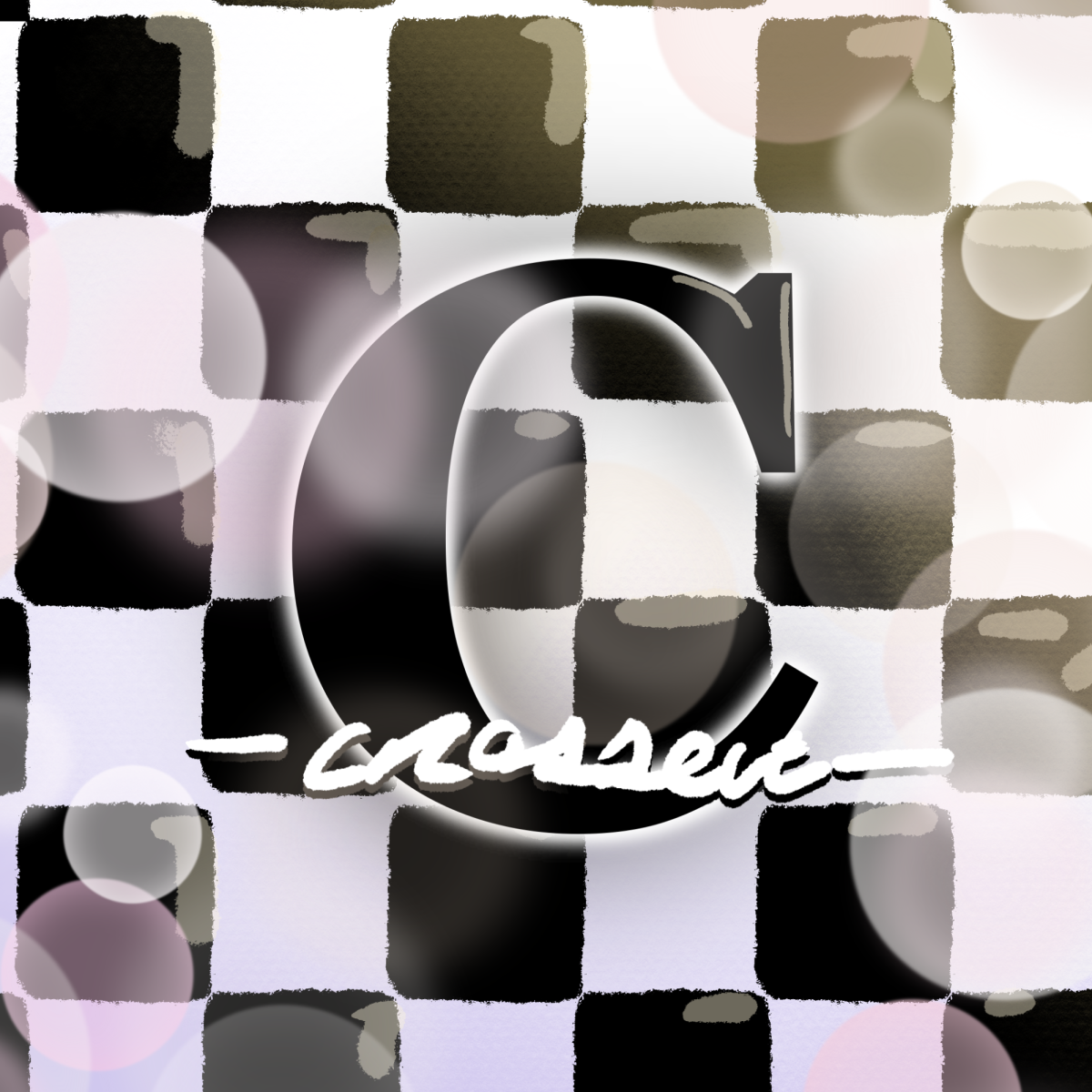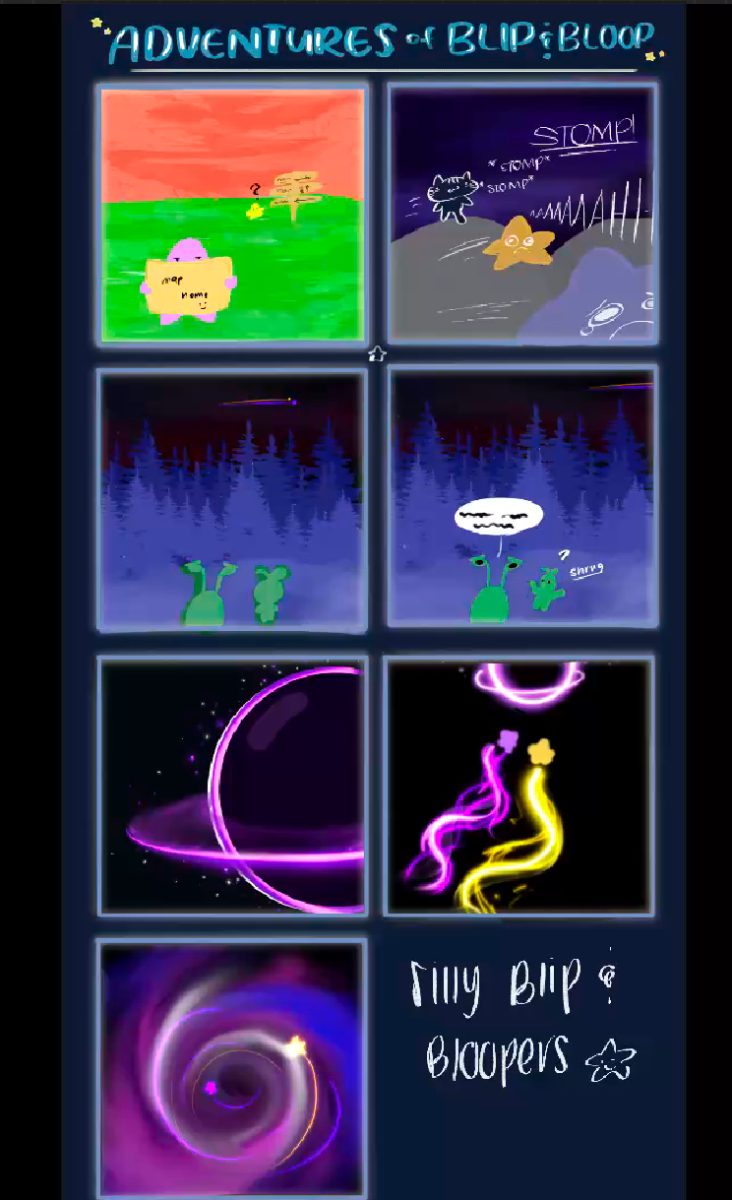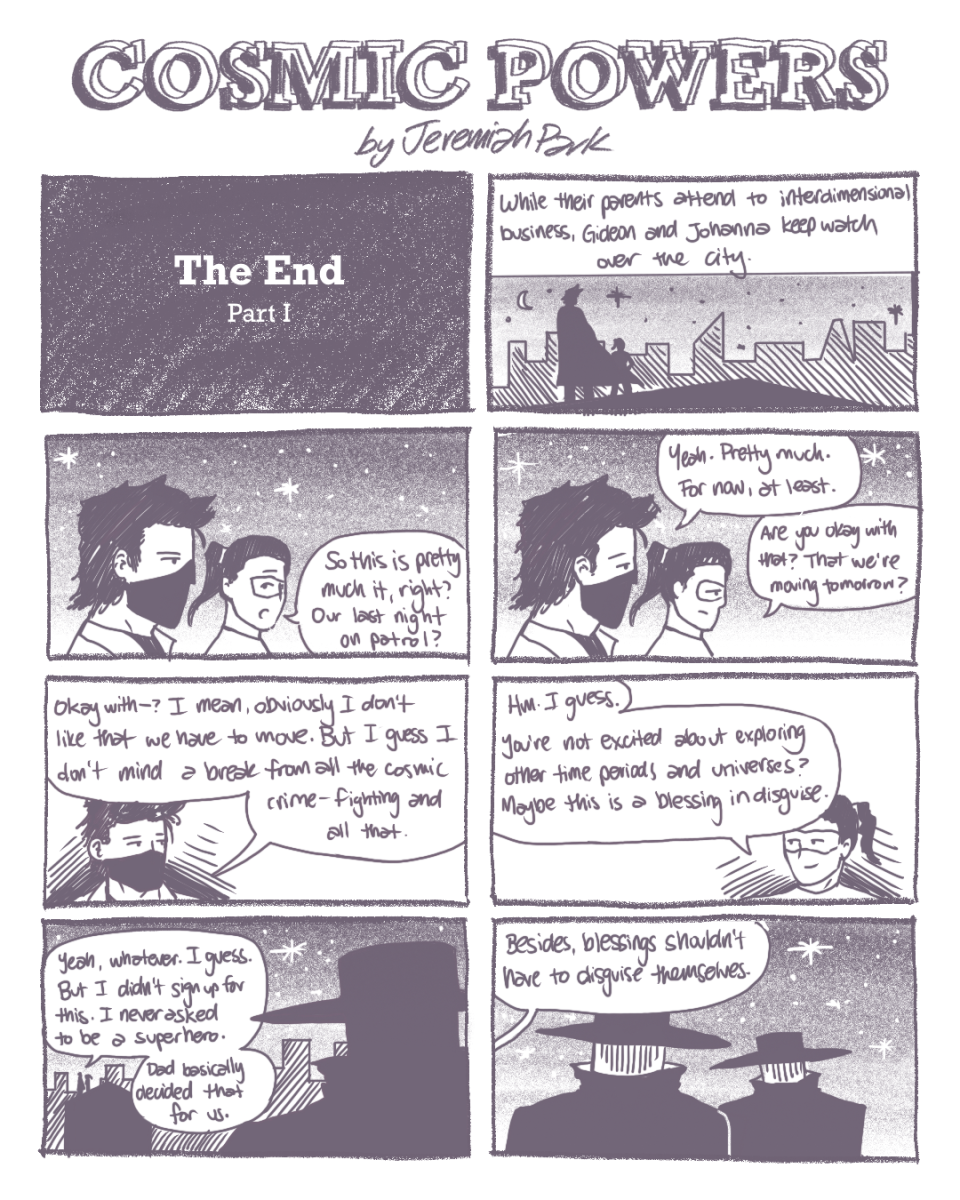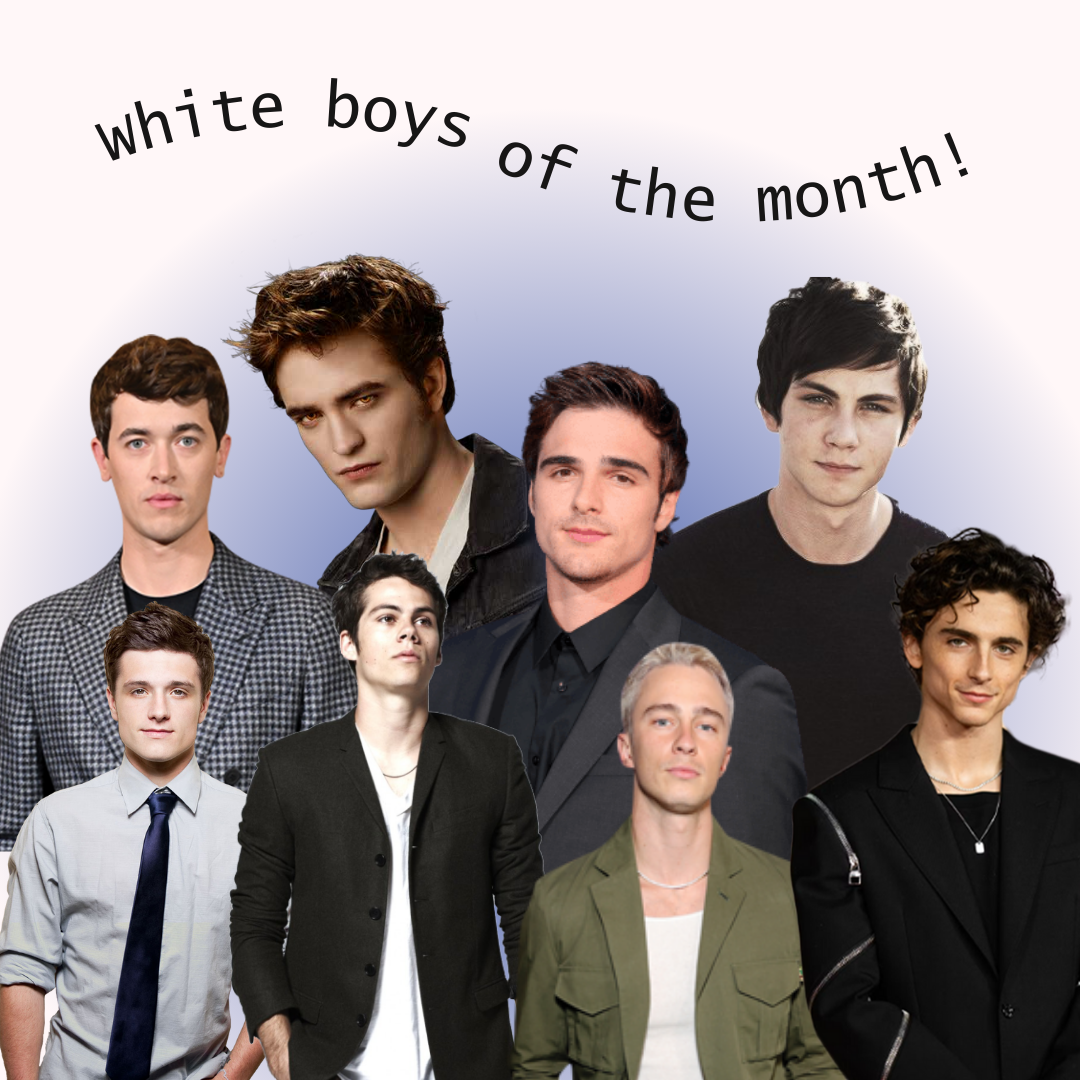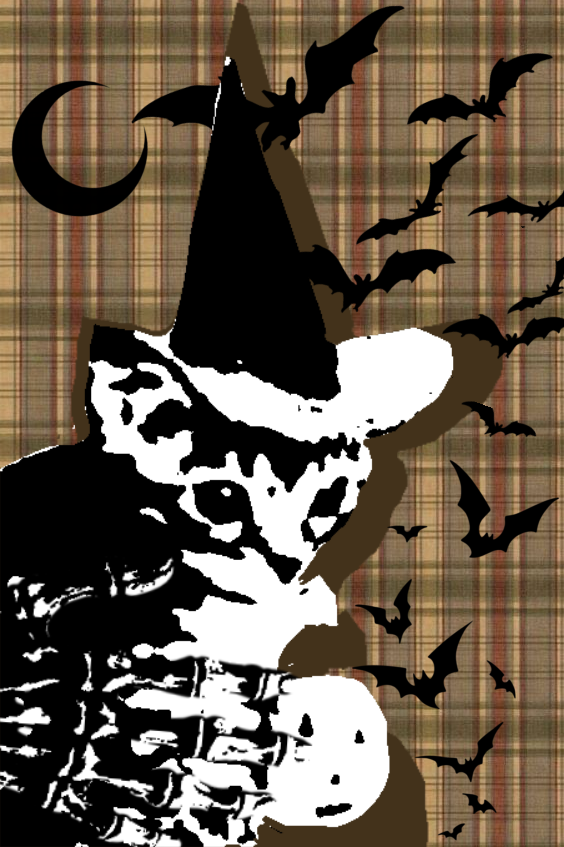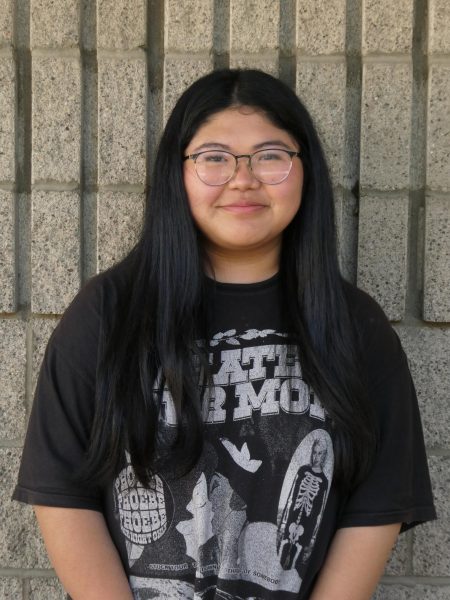Ah yes, the monthly inauguration of social media’s designated “white boy of the month,” the internet tradition in which a new white male celebrity is jokingly crowned as the newest object of affection for teenage girls.
The process of selection typically involves the celebrity having done something prominent enough to capture the attention of a big audience of teenage girls. Take, for example, this month’s white boy: Jacob Elordi has launched himself into complete heart-throb territory after his most recent role in A24’s Saltburn.
However, this phenomenon seriously begs the question: what is this innate desire for there to be a designated celebrity crush each and every single month? Is it simply a pursuit of entertainment, a quest for love, or perhaps a manifestation of parasocial relationships?
This trend, while seemingly harmless and intended to be nothing but a funny gag, has left a lot to consider regarding the influence of social media on shaping preferences, beauty standards, and the collective mindset of the younger generation. The “white boy of the month” phenomenon serves as a reflection of the hivemind-like nature of teenage culture and the impact that the digital spaces we constantly occupy have on generating trends.
As the monthly tradition continues to gain more momentum, the debate surrounding its impact intensifies. Is it a beneficial outlet for expression and connection, or does it inadvertently contribute to harmful stereotypes?
For students at Ayala, there’s a lot of mixed opinions regarding this topic.
“I think the ‘white boy of the month’ trend is fun and essentially harmless,” Lucas Liu (9) said. “My personal favorite is Tom Blyth.”
¨Personally, I really enjoy this little trend,” Katie Cha (9) said. “It’s also really fun to see everyone’s opinion on the new ‘white boy of the month.’”
Amidst this enthusiasm, there are also some students who express their distaste for the trend.
“I just feel like we’re so obsessed with the ‘white boy of the month’ that we’re overshadowing genuinely talented male celebrities of color,” said Hannah Mirasol (9). “I mean, why not celebrate the diversity of talent instead of just sticking to the same old, same old?”
Social media, while a powerful tool for expression, also carries the potential to shape societal norms and values. That much has become evident through witnessing the evolution of trends like the “white boy of the month.” Ultimately, social media’s influence extends beyond just entertainment; it plays a pivotal role in molding society’s standards.
As users continue to engage with and contribute to these trends, it becomes even more crucial to acknowledge the responsibility that comes with our digital interactions. Rather than succumbing to the allure of fads and fleeting trends, there is an opportunity for users to actively participate in shaping a digital landscape that embraces diversity, inclusivity, and the celebration of talent in all its forms.

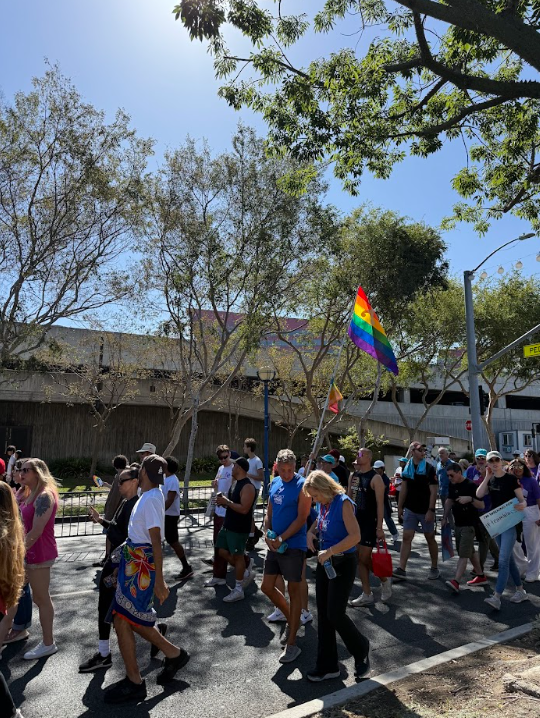


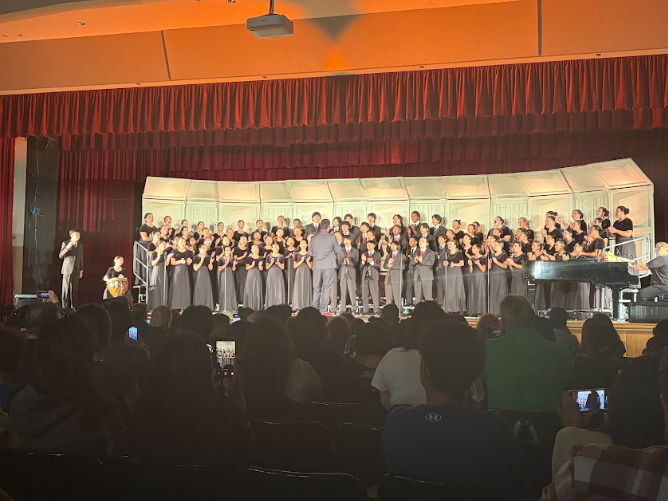
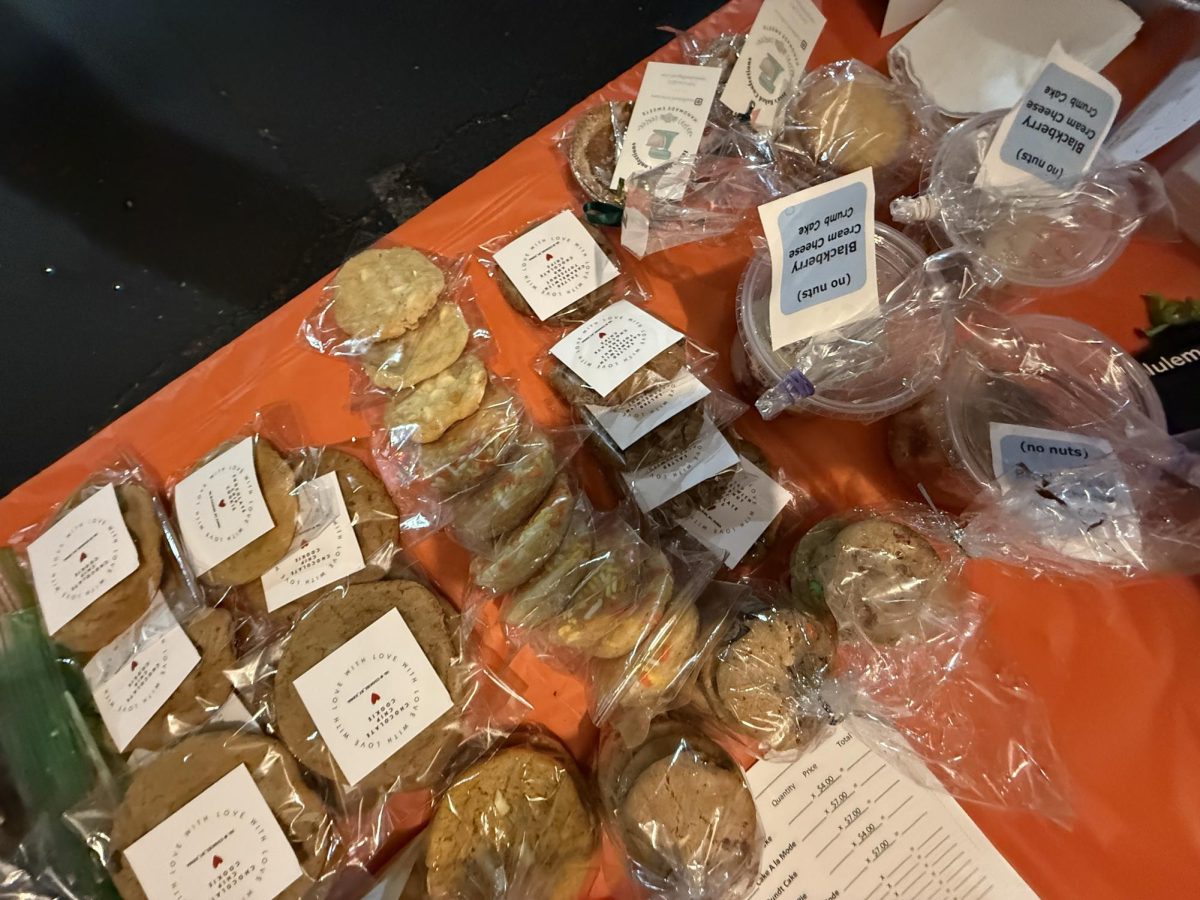




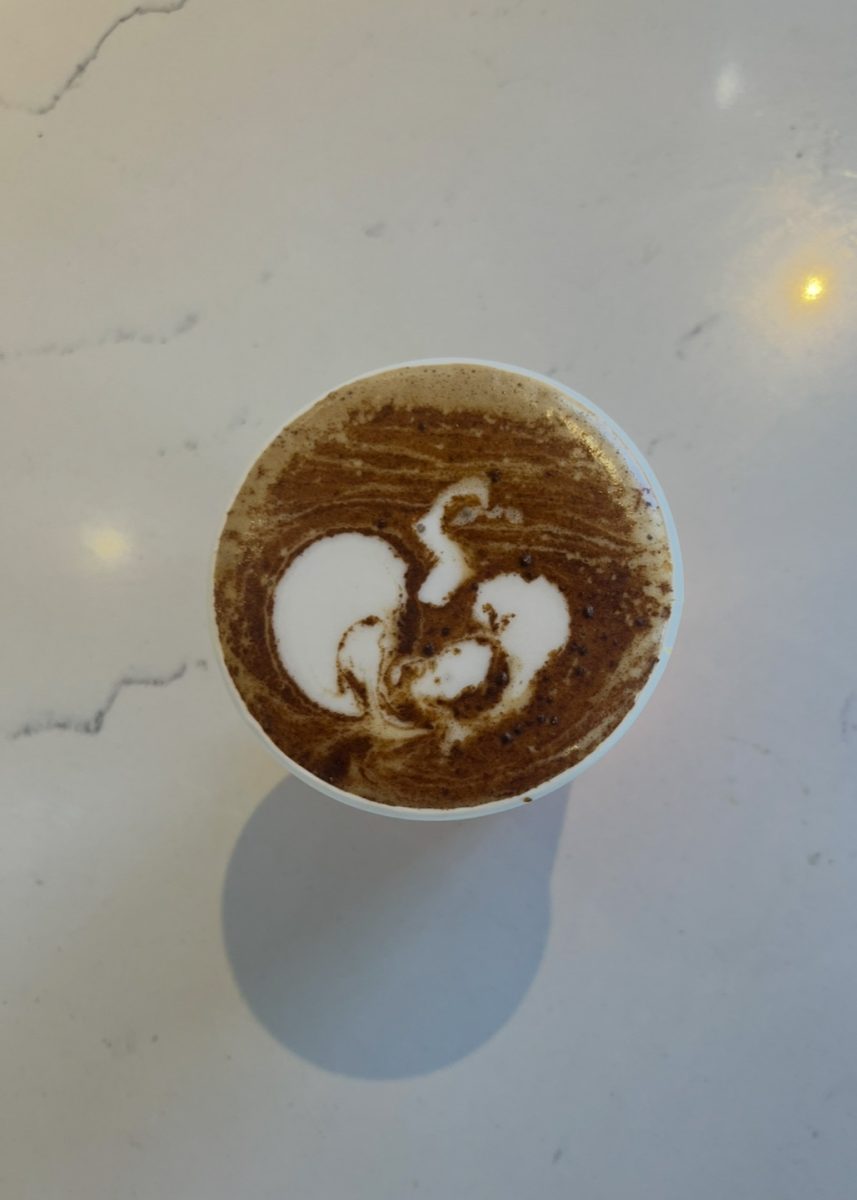
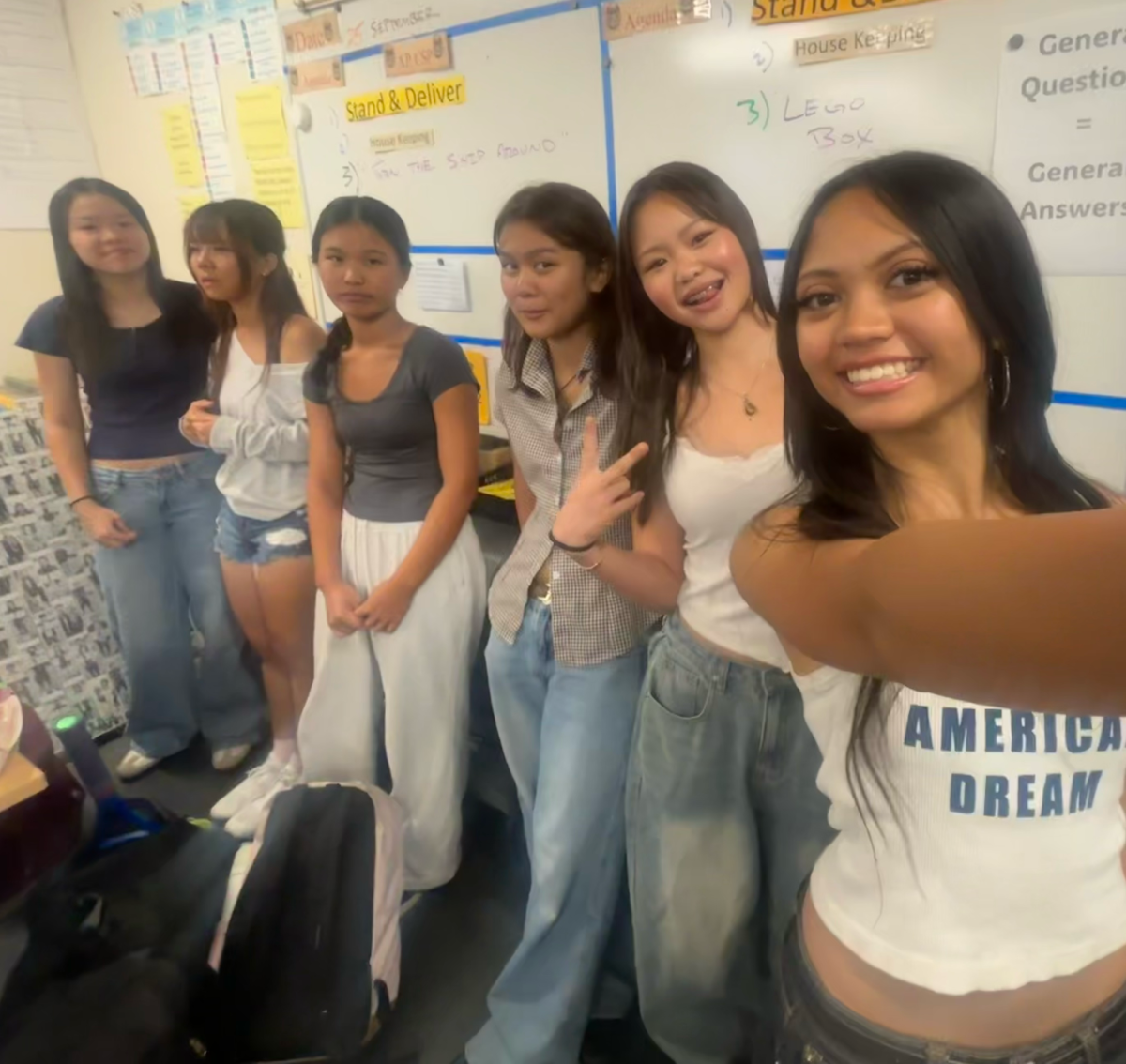



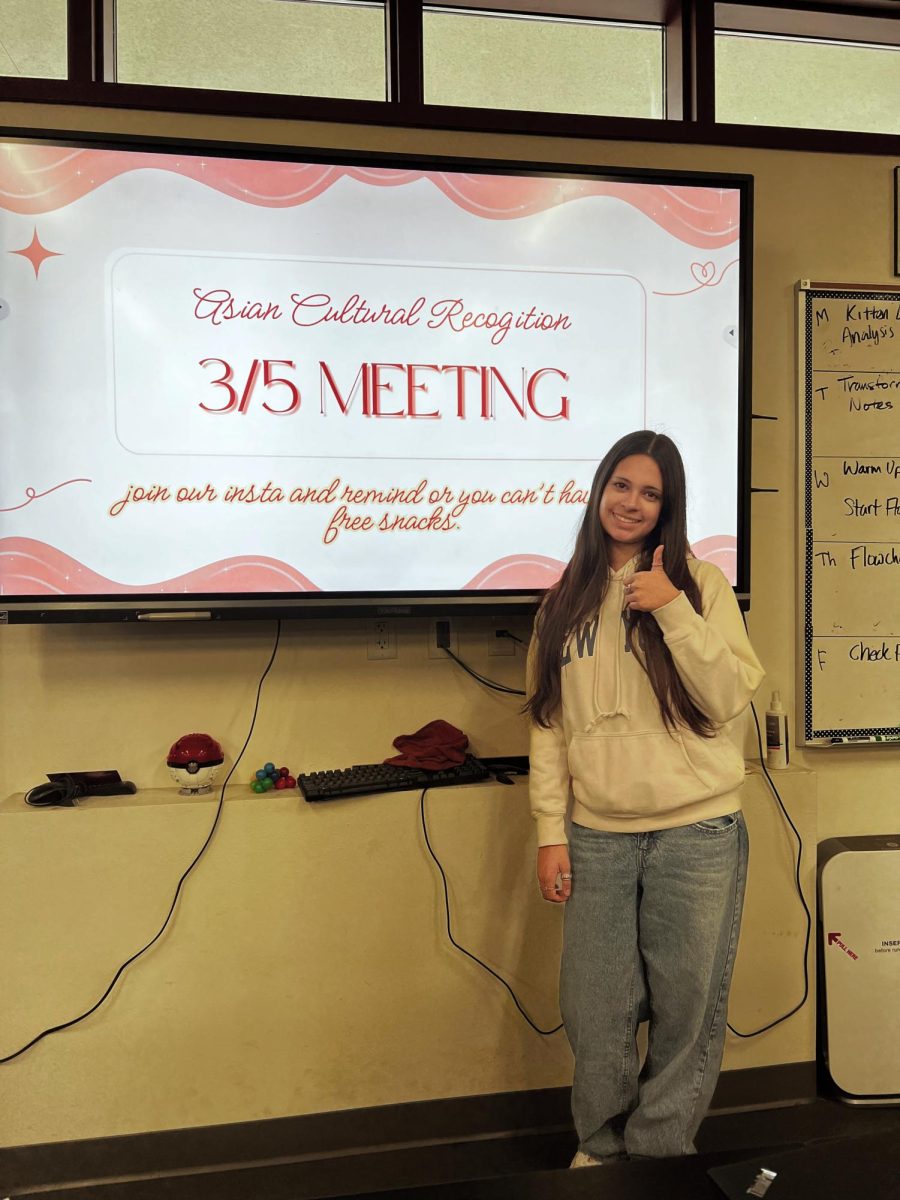



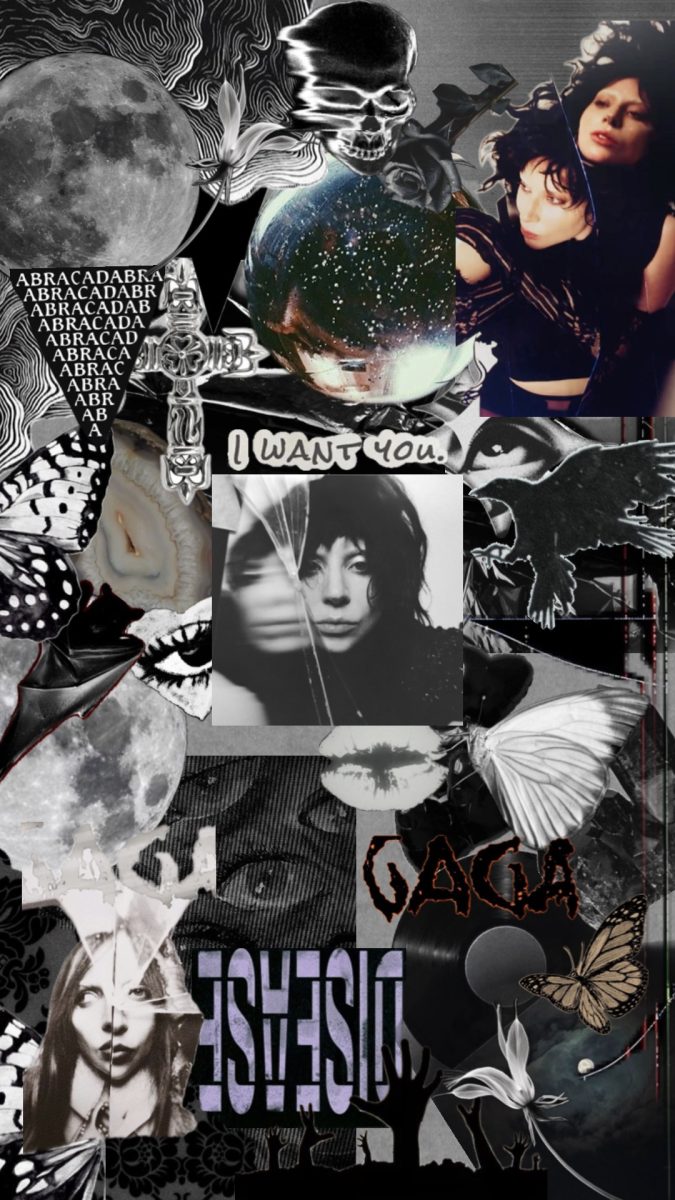
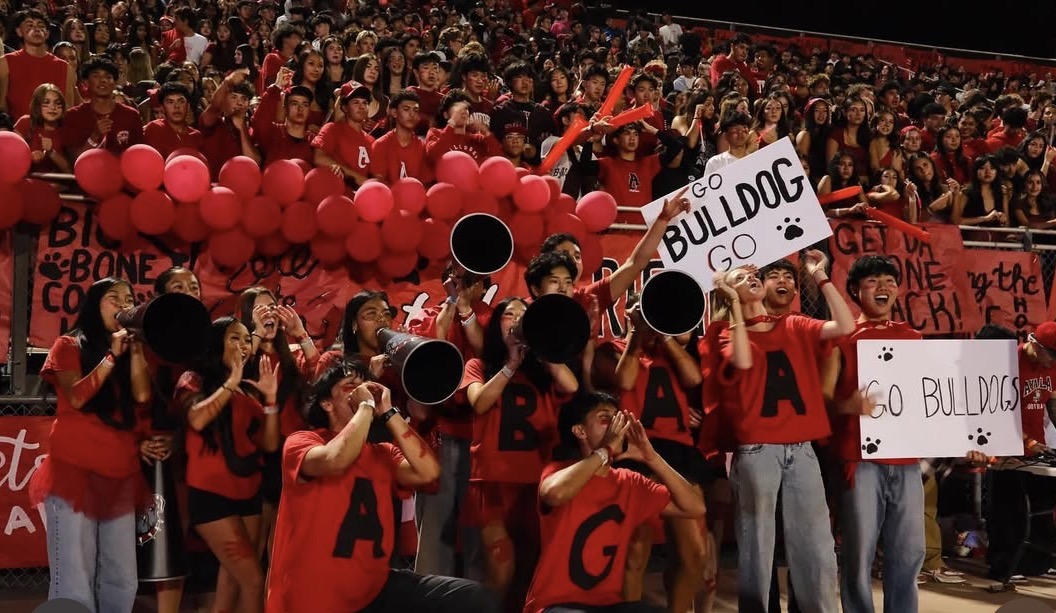




![“I'd say [this season was] successful because I didn't really think I was going to really play much because I'm a freshman. But my coaches took the time and believed in me,” Jonah Boyd (9) said. As a freshman, Boyd has already achieved great success during his first year on the boys Varsity baseball team.](https://ayalabulldogtimes.org/wp-content/uploads/2025/05/IMG_1598-1.jpeg)

